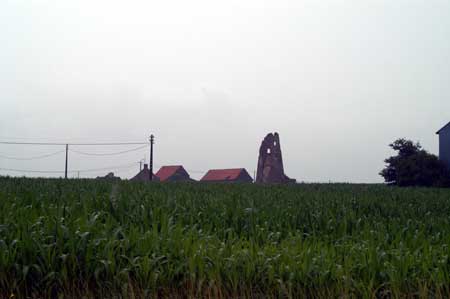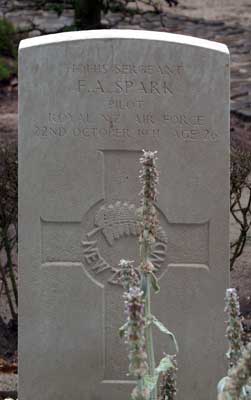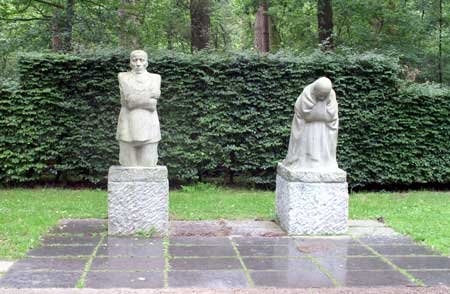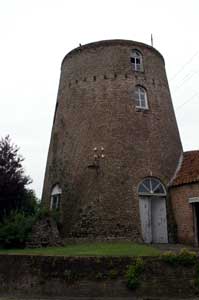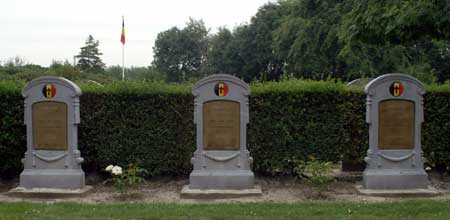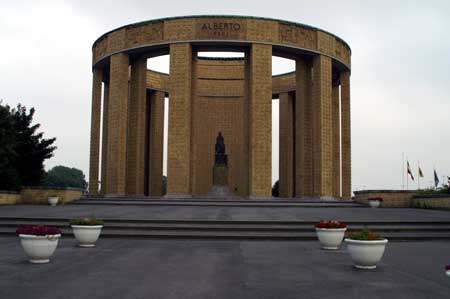The workday is over and I’m back at my hotel. When I came in, the fellow atthe desk wanted to confirm that I would be checking out in the morning. I assured him that I was; he assured me that they needed the room. I’magreeable to this exchange.
I am now a bit suspicious of good parking places. The street in front of the door to the hotel had cars parked to a certain point and then the street was open from there to the corner. I parked and then looked aroundand found a temporary sign saying no parking starting today at 7 pm. The last car in the line was blocking the sign. So, I got back in the car andwent in search of a parking spot. Two times around the (quite large) block revealed no space, so I broadened my search and found a place a couple of blocks away. This one is for sure legal.
I am having dinner at the hotel. It’s a reasonably nice place and where I was put to sit was OK until the fellow at the next table lit up a cigar. My table was in the corner and all the smoke came there. Of course, most of the tables outside are occupied and the tables inside aren’t set for meals. Tough. I wasn’t going to sit in the cigar smoke. That’s one thing that theEuropeans have against them are the arrogant smokers. People put up with it over here. I will not. I’d like to have some very visible nose plugs to
convey the message that the smoker (and particularly the cigar smoker) isstinking up the place.
On the way from the office to the hotel I wanted to get four pictures and ended up with five. The first was in Oudenaarde. When I was at the American Cemetery in Waregem, there was a picture on the wall of the Visitors Centerof a monument to the Americans in Audenard. Beside the picture was a big map of the area and it was clear that Ardenard and Oudenaarde are the same place. I didn’t know where the monument was, but I figured it had to be inor near the main square. As I drove that direction, a sandstone structure off in a small park caught my eye. It was the monument and I’ve got thepicture.
Next was the nuclear power plant on the way. I got there, pulled off the road, and had a good view right out the driver side window. As I had the window down and was framing the shot, a couple of cars passed me. Thethought crossed my mind: “What if they think I’m a terrorist casing the plant?” I quickly took my pictures and drove off.
The next picture site turned out to be two places. There is a largeDutch-style windmill that I drove by each way between the hotel and work. Until this morning, there was a bunch of scaffolding on the front of thewindmill. Today it was gone! So I decided to get a picture on the way home. I pulled in, stopped, and took a number of pictures. In one of the shots I
also wanted to get the street sign in the picture. Then I realized what thestreet sign said: Twee Moellen Straat. Twee = Two. Moellen = mill. Straat = street. The Two Mill Street. So where was the other mill? I got in the car and continued down the side street. Sure enough, around on the other sideof the hill was another windmill, this one a big Flemish-style mill. Two
for the price of one!
Lastly, a sign on the road pointed off to the side to a British War Cemetery. It was on the way, so I went down the side street to a church and a church cemetery. Next to it was a military cemetery much like the onesI’d stopped at over the holiday and the weekend. I started to leave when I saw a headstone in the front row with a space to the side that looked quitedifferent. I went up to the headstone to see that it was inscribed in German: “Two unknown German soldiers”. I saw other headstones with German
inscriptions. They were kind of apart from the British headstones, at leastnear the front. Some had names, others had counts of unknowns, and others had both. I looked for the cemetery information plaque and learned thatthere were about 140 British soldiers and 57 German soldiers buried in the cemetery, all killed in the last days of the war.
What a thought. Of course in any conflict there is the last person to bekilled (and the last person to die from wounds). That person could be in this cemetery. The Great War came to a stop by agreement at eleven minutes after eleven a.m. on the eleventh day of the eleventh month of the year 1918. In some sectors, particularly on the western front, fighting
continued right up to the moment the white smoke flares went up which, along with the five cannon shots, marked the end of the war. What must it be like for the mother whose son might still be alive if the war had ended a minute or two earlier? Why did the war have to end at such a peculiar hour? It’s very curious to me and very sad for the mothers and fathers of these boys killed when the war was all but over.
The woman in charge of the restaurant isn’t having a good night. I started something, perhaps. Two other tables have asked to be reseated and the smoker is now on his third cigar.
Tomorrow I leave for Amsterdam and the flight home. It’s been a good tripand I’m ready to get back to my own bed!
